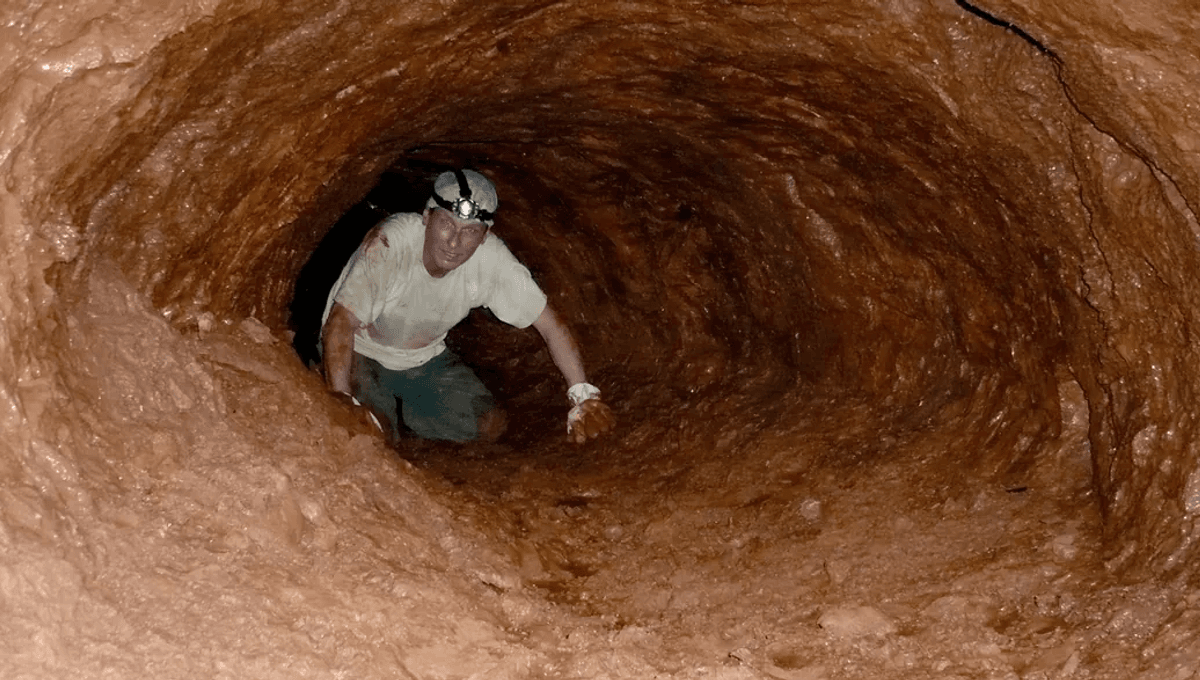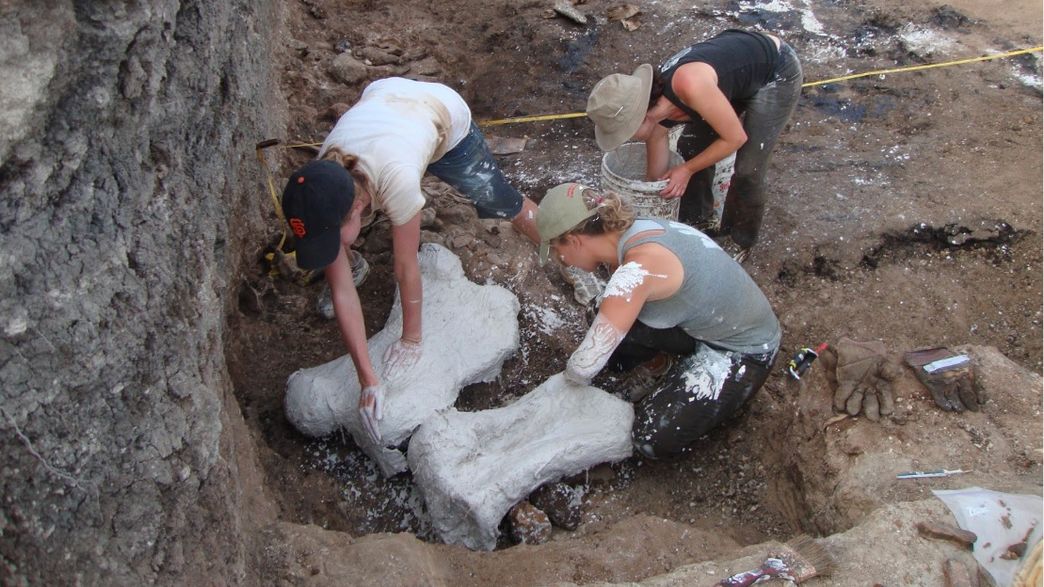Prepare to be amazed by the incredible discovery of massive tunnels in South America. These tunnels, unlike anything seen before, were not created by humans or geological processes.
It all started when Professor Heinrich Frank, a renowned geologist, stumbled upon a peculiar hole in a hill at a construction site. Intrigued, he decided to investigate further and ventured inside the tunnel.
Measuring an impressive 4.5 meters (15 feet) in length, Frank quickly realized that this tunnel was not a result of natural forces. But what he found at the end of the tunnel was even more astonishing – giant claw marks etched into the ceiling.
“There’s no geological process in the world that produces long tunnels with claw marks on the walls,” Frank explained. “I’ve seen countless caves with inorganic origins, and it’s clear that digging animals had no part in their creation.”

These tunnels, along with numerous others discovered in Brazil and Argentina, are believed to have been created by extinct megafauna. In Frank’s case, it is likely that giant sloths were responsible for these impressive structures, which date back 8-10,000 years. These ancient sloths were unlike their modern counterparts, reaching the size of an African elephant.
In the Rio Grande do Sul area, Frank and his team uncovered a vast network of tunnels, with the longest one stretching an astonishing 609 meters (2,000 feet) and standing at 1.8 meters (6 feet) tall. It is believed that teams of sloths worked together over generations to carve out these tunnels.
Interestingly, there is evidence to suggest that humans may have interacted with these giant sloths. In Utah, researchers analyzed 200 fossilized footprints of sloths and humans, revealing signs of stalking and possibly hunting.
“Sloths would have been formidable prey,” the paleontologists noted. “Their strong arms and sharp claws gave them a lethal reach and clear advantage in close-quarter encounters.”








